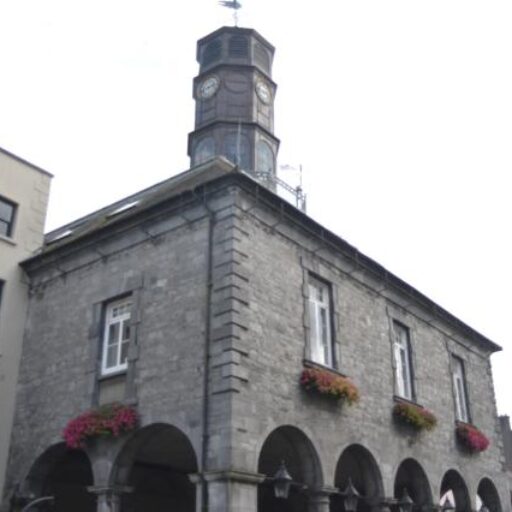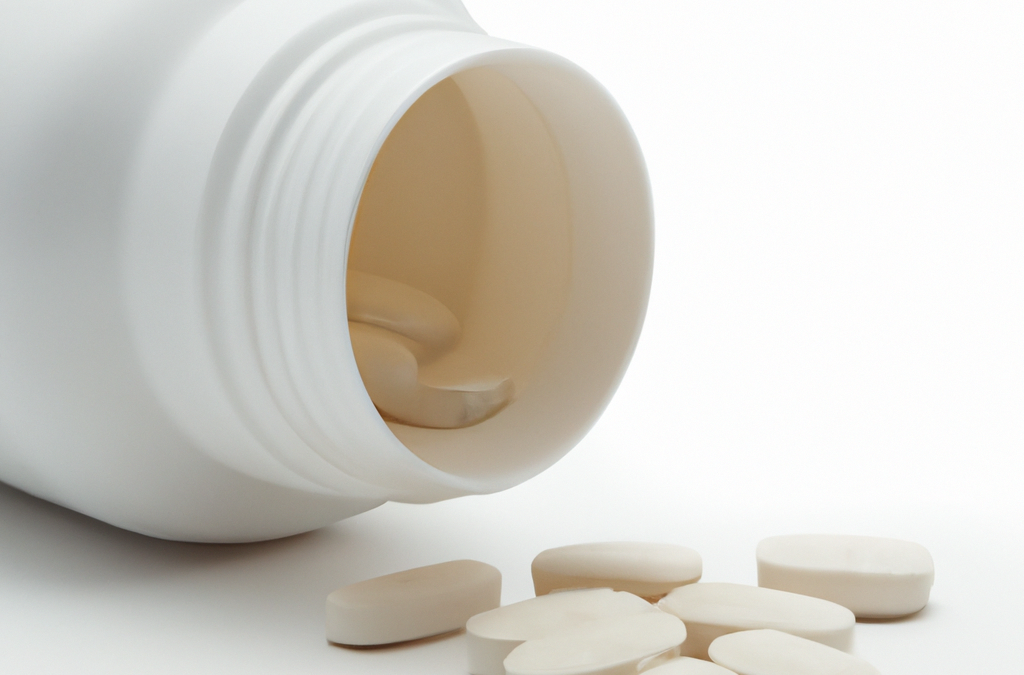Fentanyl Crisis!
The story of Alexander Neville
Alexander Neville was only 14 years old, when he sat his parents down at the kitchen table at home in Aliso Viejo in California. He told them he was throwing away Oxycontin pills he bought on Snapchat. Oxycontin is an opiate analgesic, a medication used to relieve acute pain. Purdue Pharmaceutical developed that painkiller in the nineties. They claimed it was a non-addictive drug, even though they knew that wasn't true at all. Many people became addicted to it, and thus began the opiate crisis in the United States. The crisis worsened year after year, and in 2016, 42,000 people died from an opiate overdose, of which an estimated 40% were prescription drugs.
"The drug has a hold on me, and I don't know why," Alexander told his parents.
Alexander's mother immediately contacted a drug rehabilitation program and was waiting to hear back from them. The next morning, when his mother went to Alexander's bedroom to wake him up, he wasn't breathing and his skin was purple. His parents called the emergency medical services and he was taken to hospital. At ten o'clock on June 23, 2020, he was pronounced dead.
Later in the day, a drug task force came to the house, and they said that Alexander's death was not caused by Oxycontin, but by a synthetic drug called Fentanyl. Alexander's parents were completely confused then, because Alexander took an Oxycontin pill, and there is no Fentanyl in that pill. What was going on?
Fake pills
His parents discovered that there are many counterfeit pills on sale, which contain Fentanyl. The drug dealers put Fentanyl - a very strong, and inexpensive drug – in the pills. But often enough, they overdose on Fentanyl and that's not a good thing. Fentanyl is twice as strong as morphine and it only takes 2 mg of Fentanyl to kill someone. It is estimated that the pills that are sold illegally contain at least that amount of Fentanyl. 107 thousand people died of drug overdose in 2021 in the United States, and 70 thousand of them died of Fentanyl overdose. That's an incredible number - for comparison, 43 thousand people died on the roads, and 47 thousand people died by suicide the same year.
Poison
Ní amháin i bpiollairí a bhfaightear é, ach an oiread – faightear Feantanil in ionad cócaon, hearóin, methamfataimín, agus drugaí mídhleathacha eile freisin. Mar sin, tá an ghéarchéim Fentanyl i bhfad níos measa ná aon ghéarchéim drugaí eile riamh. Seo mar a dúirt John Tavolacci, leasuachtarán feidhmiúcháin in ionad athshlánúcháin ó dhrugaí i Nua-Eabhrac: “Ní drugaí sráide iad seo a thuilleadh. Is nimh é seo.”
There is no doubt about that, but where does this terrible substance come from?
Where does it come from?
Fentanyl is made in laboratories. The ingredients (and especially NPP, 4-ANPP) are sent from China to the drug cartels in Mexico, which is quite easy to do. The cartels then extract Fentanyl from the ingredients, and use their distribution system to smuggle and distribute the drug throughout the United States. It is almost impossible to keep it out of the United States, because the Mexican cartels already have a lot of experience with smuggling. It's not difficult for them to distribute the drug, either - the drug dealers like Fentanyl, because it's a very strong drug and it's not expensive compared to other illegal drugs. Fentanyl is a very complex problem, for these reasons.
The solution to the problem?
There is no easy solution to the Fentanyl crisis. It is necessary to fight the war on several fronts at the same time. Here are a few suggestions:
- 1. Antidotes (Naloxone) are available for opiates, including Fentanyl. Make sure that the authorities have enough Naloxone in each region, and that it is also easily available to ordinary people.
- 2. Run a campaign to draw attention to opiate drugs, and especially Fentanyl, and to educate people on how to use Naloxone when someone overdoses.
- 3. A vaccine against opiate drugs is being tested, and is likely to be available before long. The government should devise plans to use the vaccine, which would protect people in the emergency services from harm, and provide treatment for the worst addicts.




